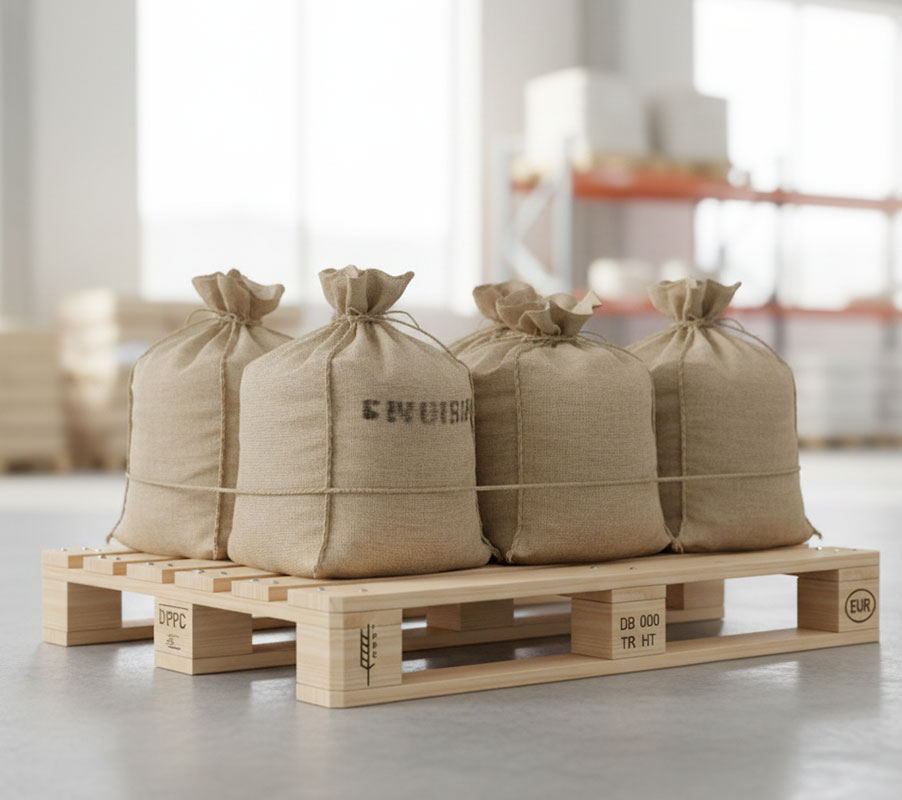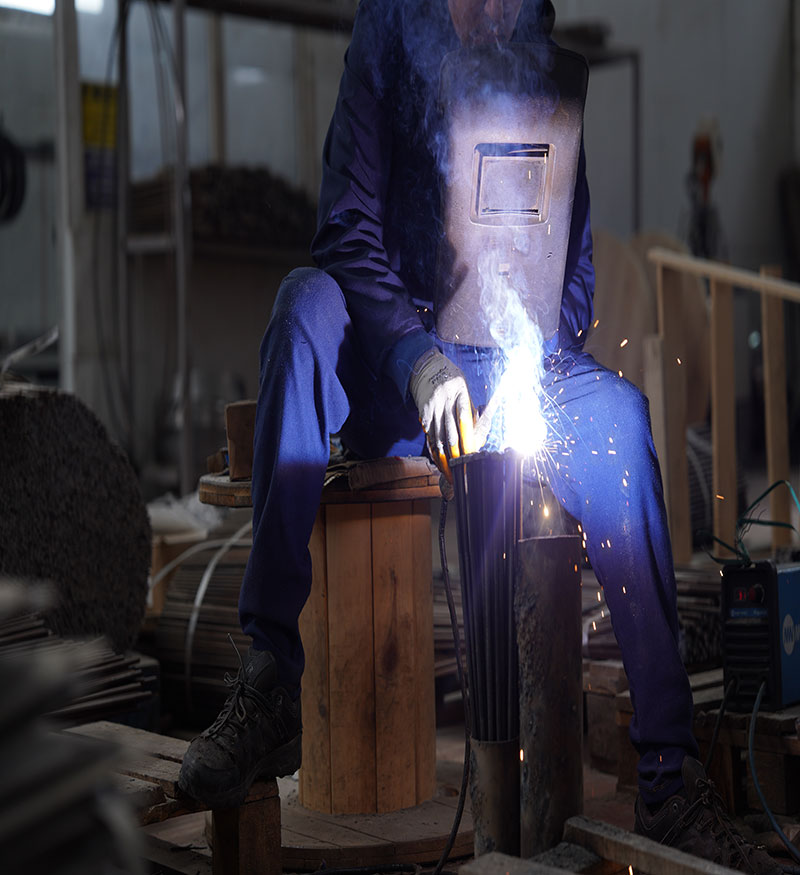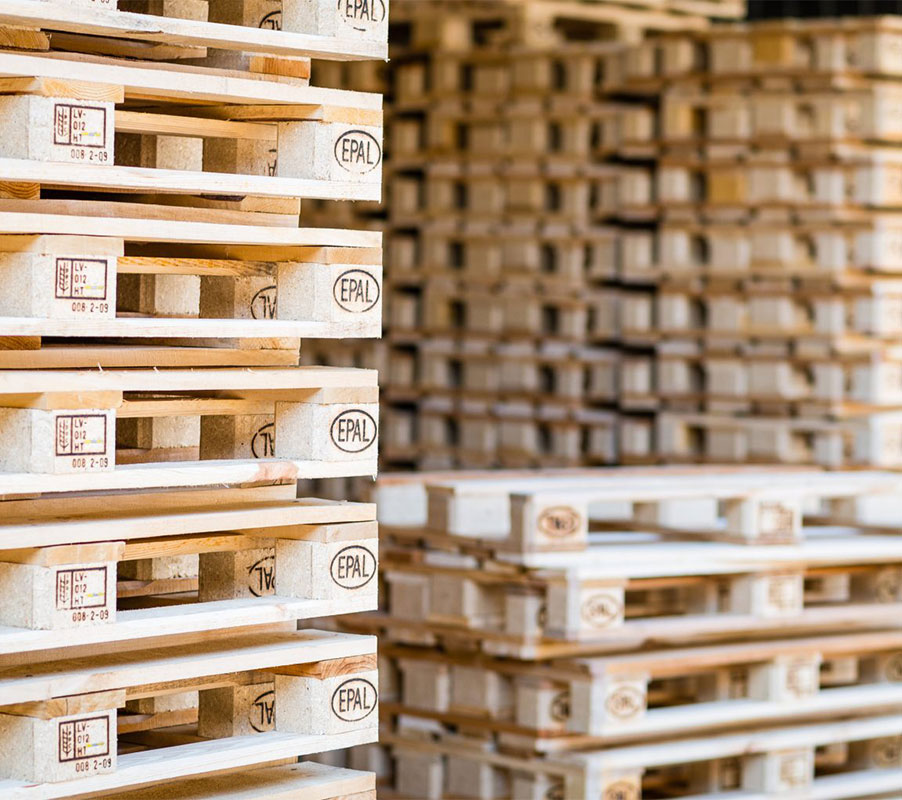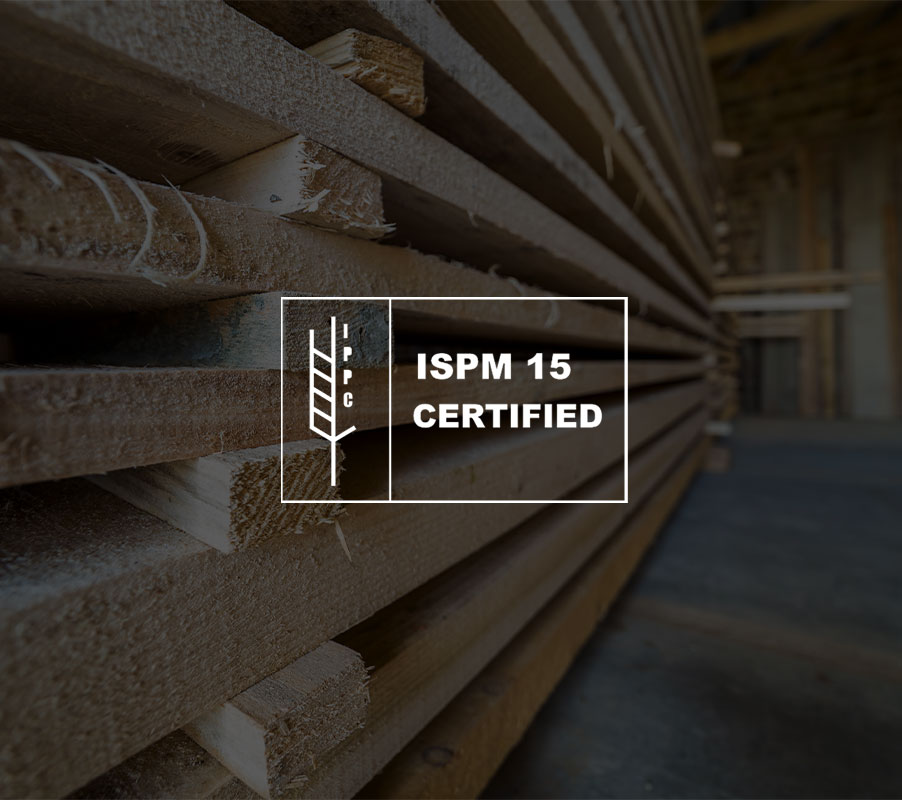
Wooden pallets are one of the most important components of the global logistics chain. However, for these pallets to be durable, hygienic, and suitable for export, they must undergo specific processing in accordance with certain standards. This is where the heat treatment process comes into play.
What Is Heat Treatment?
Heat treatment is the process of eliminating harmful organisms (such as insects, larvae, fungi, and mold) that may be present inside the wood by heating it to a specific temperature for a specific duration.
During this process, the internal temperature of the wooden material is raised to at least 56°C (132.8°F) and maintained at that level for a minimum of 30 minutes. This ensures the pallet is completely sterilized and ready for use in international transport.
What Is the ISPM-15 Standard?
ISPM-15 (International Standards for Phytosanitary Measures No. 15) is a plant health standard introduced to prevent the spread of pests through wooden packaging materials used in international transportation. According to this standard, all wooden pallets and packaging materials intended for export must undergo heat treatment.
The ISPM-15 certificate is a global protocol developed to prevent the spread of plant and insect infestations across national borders. In Turkey, the authority to issue this certification is granted by the Ministry of Agriculture and Forestry to licensed facilities.
What Happens During the Heat Treatment Process?
- Kiln Drying: Pallets are heated in specialized kilns under controlled conditions.
- Temperature Monitoring: The internal temperature of the wood is continuously measured using sensors.
- Cooling: After treatment, pallets are gradually cooled in a controlled environment.
- Stamping: Facilities authorized under ISPM-15 apply the certification mark (for example, “TR-XXXX HT”) directly onto the pallet.
This stamp indicates that the pallet is approved for international shipment.
Advantages of Heat-Treated PalletsAdvantages of Heat-Treated Pallets
- Export compliance: Eliminates the risk of customs rejection or quarantine for shipments abroad.
- Durability: Increases resistance to decay, insect infestation, and mold.
- Hygiene: Meets strict cleanliness standards required in the food, pharmaceutical, and cosmetics industries.
- Eco-Friendly: As no chemicals are used, it is environmentally safe and sustainable.
Difference Between Heat Treatment and Chemical Treatment
In the past, some manufacturers preferred chemical fumigation methods. However, chemical treatment is harmful to both the environment and human health. Heat treatment, on the other hand, uses only hot air, making it completely natural and fully compliant with environmental management standards such as ISO 14001.
Conclusion: Quality, Safety, and Compliance Combined
Heat treatment is more than just a regulatory requirement — it is a key indicator of quality, safety, and reliability.
If your business exports products, transports goods over long distances, or operates in a sector that requires high hygiene standards, you should always choose heat-treated wooden pallets.
İncir Palet manufactures heat-treated pallets in facilities authorized by the Ministry of Agriculture and Forestry, in full compliance with the ISPM-15 standard. We are here to assist you with all your pallet needs — ensuring safety, quality, and sustainability at every step.





